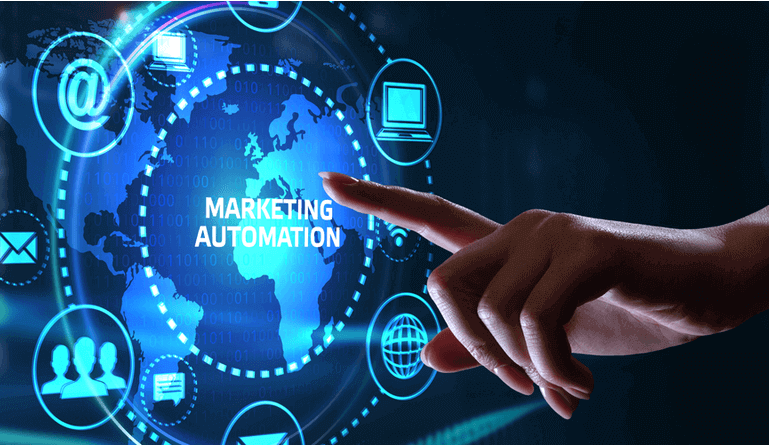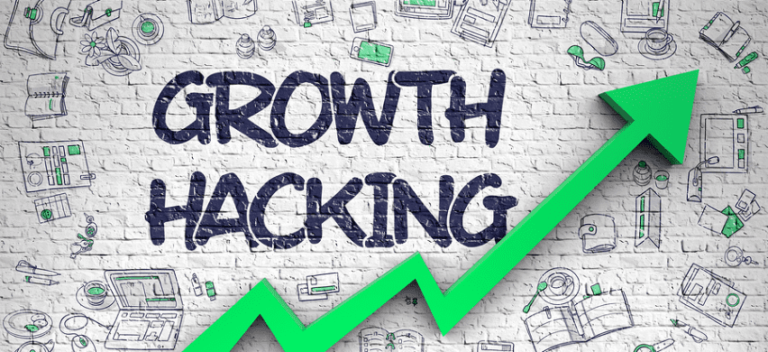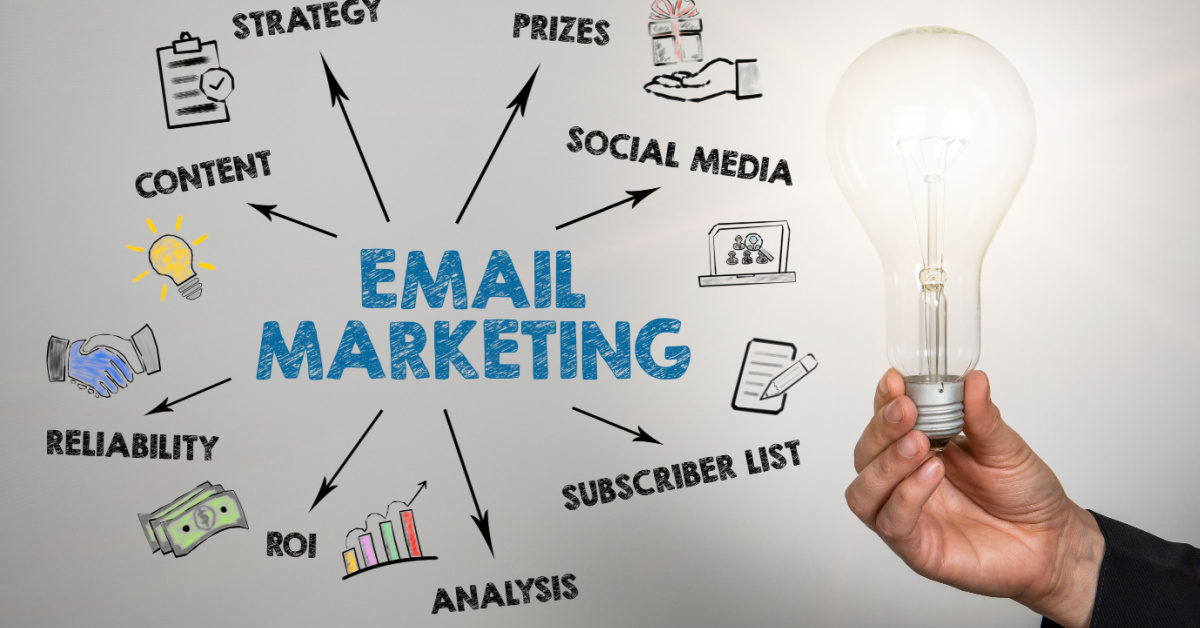The State of Marketing Automation in 2025: Trends, Tools, and Best Practices
Marketing automation has undergone a remarkable transformation over the past few years, evolving from simple email sequences and basic workflow triggers to sophisticated, AI-powered orchestration engines that seamlessly integrate customer experiences across channels. As we navigate through 2025, marketing automation continues to redefine how brands engage with their audiences at scale while maintaining personalization and relevance.
This comprehensive analysis explores the current state of marketing automation, highlighting emerging trends, evaluating leading platforms, and offering strategic guidance for implementation in today’s complex marketing landscape.
The Evolution of Marketing Automation
To understand where marketing automation stands in 2025, it’s valuable to trace its evolutionary path:
First Generation (2010-2015): Basic Automation
- Email sequences based on simple triggers
- Form-based lead capture and scoring
- Rule-based workflow creation
- Channel-specific automation silos
- Limited personalization capabilities
Second Generation (2016-2020): Cross-Channel Integration
- Expanded channel capabilities beyond email
- Improved lead scoring with behavioral factors
- Basic customer journey mapping
- Enhanced segmentation capabilities
- Early predictive analytics implementation
Third Generation (2021-2024): Intelligence-Driven Automation
- AI-powered decision making
- Dynamic content personalization
- Predictive journey orchestration
- Unified customer data platforms
- Privacy-compliant data management
Fourth Generation (2025+): Autonomous Experience Orchestration
- Self-optimizing customer journeys
- Predictive intent modeling
- Dynamic resource allocation
- Multi-variant journey testing
- Closed-loop attribution systems
Key Trends Shaping Marketing Automation in 2025
1. Artificial Intelligence as the Core Engine
AI has evolved from a supplementary feature to the fundamental architecture of modern marketing automation platforms. The most significant developments include:
Predictive Journey Orchestration
Today’s leading systems analyze thousands of customer data points to predict optimal next steps rather than following pre-configured paths. These systems continuously refine their models based on outcome data, creating increasingly effective engagement patterns.
Implementation Example: Financial services provider Capital Innovate implemented AI journey orchestration that analyzes over 300 variables to determine when customers are considering major financial decisions. The system automatically adjusts content, timing, and channel selection based on behavioral patterns, resulting in a 37% increase in qualified financial consultation requests.
Generative Content Systems
AI now powers dynamic content creation that automatically adapts messaging, visuals, and offers to individual recipients. Unlike earlier template-based approaches, these systems can generate genuinely unique content variations at scale.
Key Advancement: The integration of large language models with customer data allows for content that matches not just demographic segments but individual communication preferences, past behaviors, and predicted future actions.
Autonomous Optimization
Modern platforms continuously run thousands of micro-experiments, autonomously reallocating resources to highest-performing variations without requiring manual intervention.
Impact Metrics: Organizations implementing autonomous optimization report average performance improvements of 23-31% across key metrics compared to traditional A/B testing approaches.
2. Hyper-Personalization at Scale
Personalization has evolved far beyond inserting a customer’s name into emails. Today’s leading automation platforms leverage comprehensive data orchestration to create truly individualized experiences:
Individual-Level Journey Mapping
Rather than forcing customers into predetermined segments, modern systems create individual-level journey maps that evolve based on each customer’s unique behavior patterns and preferences.
Implementation Example: A healthcare technology provider implemented individual journey mapping that adapts based on specific patient needs, communication preferences, and healthcare provider interactions, increasing patient engagement by 41% and improving treatment adherence metrics.
Behavioral Response Modeling
Advanced systems now predict individual responses to different content, offers, and engagement strategies, allowing for personalization based not just on past behavior but anticipated reactions.
Key Metric: Organizations implementing behavioral response modeling report average conversion rate improvements of 34% compared to traditional segmentation approaches.
Contextual Engagement Logic
Modern automation platforms consider situational context—including time, location, device, and recent interactions—when determining optimal engagement strategies.
Implementation Example: A travel company implemented contextual engagement that adapts messaging based on weather conditions at the customer’s location, current travel disruptions, and typical booking windows, increasing conversion rates by 27% for targeted promotions.
3. Privacy-First Automation Architectures
With global privacy regulations continuing to expand, leading marketing automation platforms have reimagined their core architectures around privacy-first principles:
First-Party Data Orchestration
Modern platforms provide sophisticated systems for collecting, managing, and activating first-party data within privacy constraints, reducing dependency on third-party data sources.
Implementation Framework:
- Progressive profile building through value exchanges
- Transparent preference management systems
- Privacy-preserving data enrichment methods
- Compliant data unification across touchpoints
Consent-Based Personalization
Advanced systems dynamically adjust personalization levels based on explicit consent statuses, creating optimal experiences within each customer’s comfort level.
Impact Data: Brands implementing transparent consent-based personalization report 23% higher opt-in rates and 18% lower unsubscribe rates compared to traditional approaches.
Zero-Party Data Activation
Leading automation platforms now include sophisticated mechanisms for collecting and immediately activating declared customer preferences and intentions.
Implementation Example: An electronics retailer created an interactive preference center that collects detailed product interests and shopping preferences, then uses this zero-party data to create highly targeted automation sequences, resulting in a 43% higher conversion rate compared to behavior-based targeting alone.
4. Cross-Channel Journey Orchestration
The channel-specific automation of the past has given way to sophisticated cross-channel orchestration:
Unified Customer Experience Layers
Modern platforms create consistent experiences across channels by managing content, decisioning, and personalization from a central orchestration layer.
Architecture Components:
- Channel-agnostic customer profiles
- Centralized decision engines
- Content distribution systems
- Cross-channel interaction tracking
- Unified attribution models
Dynamic Channel Optimization
Advanced systems automatically select optimal channels for each customer based on past responsiveness, current availability, and message urgency.
Implementation Example: A telecommunications provider implemented dynamic channel selection that automatically routes communications through email, SMS, app notifications, or direct mail based on individual response patterns, improving overall engagement rates by 34%.
Seamless Cross-Channel Transitions
Modern automation enables continuous customer journeys that maintain context when moving between channels, creating cohesive experiences regardless of touchpoint.
Key Capability: Leading systems now maintain conversation continuity across automated and human-managed channels, allowing customers to begin interactions with automated systems and seamlessly transition to human agents when needed.
5. Vertical-Specific Automation Solutions
While earlier generations of marketing automation provided general-purpose tools, today’s landscape includes sophisticated vertical-specific solutions:
Industry-Optimized Platforms
Purpose-built automation platforms for specific industries incorporate domain knowledge, compliance requirements, and typical customer journeys for their sectors.
Example Sectors with Specialized Solutions:
- Healthcare (patient journey optimization)
- Financial services (regulatory-compliant nurturing)
- Manufacturing (complex B2B sales cycles)
- Education (student recruitment and success paths)
- Retail (inventory-aware engagement strategies)
Pre-Built Vertical Journeys
Even general-purpose platforms now offer industry-specific journey templates built on accumulated cross-client performance data.
Implementation Advantage: Organizations implementing industry-specific journeys report reaching optimization goals 47% faster than those building general-purpose journeys from scratch.
Leading Marketing Automation Platforms in 2025
The marketing automation landscape continues to evolve through consolidation, specialization, and technological advancement. Here’s our analysis of the leading platforms in different categories:
Enterprise Customer Experience Platforms
These comprehensive systems manage the entire customer lifecycle across all touchpoints for large organizations:
1. Adobe Experience Platform
Key Strengths:
- Industry-leading AI capabilities with Adobe Sensei
- Unmatched creative asset integration
- Extensive first-party data management
- Robust governance and compliance features
Ideal For: Enterprises with complex multi-brand, multi-market requirements
2. Salesforce Marketing Cloud
Key Strengths:
- Deep CRM integration
- Comprehensive cross-cloud data synergy
- Strong B2B capabilities through Pardot integration
- Industry cloud specializations
Ideal For: Organizations heavily invested in Salesforce ecosystem
3. Oracle Infinity
Key Strengths:
- Sophisticated behavioral analytics
- Enterprise-grade security and compliance
- Deep integration with Oracle business applications
- Advanced predictive modeling capabilities
Ideal For: Complex organizations with significant data security requirements
Mid-Market Integrated Platforms
These solutions offer comprehensive capabilities at scale suitable for mid-sized organizations:
1. HubSpot Enterprise Suite
Key Strengths:
- Exceptional user experience and adoption rates
- Seamless marketing/sales/service integration
- Powerful content management capabilities
- Strong community and training resources
Ideal For: Growth-focused companies valuing ease of use and rapid implementation
2. Marketo Engage (Adobe)
Key Strengths:
- Sophisticated B2B capabilities
- Advanced lead management and scoring
- Strong integration ecosystem
- Robust analytics and attribution
Ideal For: B2B organizations with complex buying committees and journeys
3. ActiveCampaign Enterprise
Key Strengths:
- Machine learning-powered predictions
- Exceptional automation flexibility
- Strong CRM capabilities
- E-commerce specialization options
Ideal For: Organizations requiring sophisticated automation without enterprise complexity
Specialized Automation Solutions
These platforms focus on specific use cases or industries with depth rather than breadth:
1. Klaviyo (E-commerce)
Key Strengths:
- Deep e-commerce integrations
- Product catalog-aware automations
- Advanced segmentation based on purchase behavior
- Built-in revenue attribution
Ideal For: Online retailers focusing on customer lifetime value
2. Braze (Mobile and App Engagement)
Key Strengths:
- Real-time mobile engagement capabilities
- Sophisticated in-app messaging
- Strong cross-channel coordination
- Advanced testing frameworks
Ideal For: Mobile-first companies and app-based businesses
3. Patient Journey Intelligence (Healthcare)
Key Strengths:
- HIPAA-compliant automation infrastructure
- Care pathway optimization
- Provider relationship management
- Outcome-based engagement models
Ideal For: Healthcare organizations managing complex patient journeys
Implementing Best Practices for 2025
Regardless of which platform you select, these implementation best practices will help maximize your marketing automation success:
1. Unified Data Foundation
Modern marketing automation depends on high-quality, accessible customer data:
Implementation Steps:
- Audit existing data sources and identify integration requirements
- Create a unified customer data model that accommodates all relevant attributes
- Implement real-time data synchronization across systems
- Develop data governance protocols ensuring quality and compliance
- Create customer golden records with complete interaction history
Case Study: A retail banking organization created a unified data foundation that reduced their customer data fragmentation from 14 systems to a single customer view, allowing for a 67% increase in relevant cross-sell opportunities and a 41% improvement in customer satisfaction scores.
2. Journey-Based Organization Structure
Traditional channel-based team structures often undermine cohesive customer experiences:
Implementation Model:
- Create cross-functional journey teams responsible for specific customer lifecycles
- Establish journey ownership and KPIs across traditional department boundaries
- Implement agile methodologies for journey optimization
- Create shared measurement frameworks focused on customer outcomes
- Develop cross-functional collaboration tools for seamless handoffs
Case Study: A B2B software company reorganized from channel-based teams (email, web, events) to journey-focused teams (acquisition, onboarding, expansion, retention), resulting in a 28% improvement in customer lifetime value and 34% faster time-to-value for new customers.
3. Progressive Implementation Approach
Successful marketing automation requires staged implementation rather than big-bang deployments:
Implementation Framework:
- Start with high-impact, achievable journeys to build momentum
- Establish measurement baselines before expanding
- Implement iterative enhancement cycles with clear success metrics
- Develop capability building roadmaps alongside technical implementation
- Create centers of excellence to scale knowledge across the organization
Case Study: An insurance provider implemented a phased approach to marketing automation transformation, starting with a single high-value journey (policy renewal) before expanding to acquisition and cross-sell. This approach delivered a 23% improvement in renewal rates within 90 days while building organizational capabilities for broader implementation.
4. AI-Ready Content Architecture
Traditional content approaches often become bottlenecks in modern automation systems:
Implementation Components:
- Develop modular content frameworks that support dynamic assembly
- Implement structured content tagging for AI-powered selection
- Create content performance measurement at the component level
- Build intelligent content templates with variable personalization zones
- Establish content governance processes that balance scale with brand consistency
Case Study: A telecommunications company redesigned their content architecture to support AI-driven personalization, creating modular components that could be dynamically assembled based on individual customer needs. This approach reduced content production time by 62% while improving engagement rates by 37%.
5. Ethical Automation Principles
As automation systems become more powerful, leading organizations are implementing ethical guardrails:
Implementation Guidelines:
- Establish clear boundaries for automation vs. human interaction
- Create transparency mechanisms so customers understand automated processes
- Implement fairness monitoring to prevent algorithmic bias
- Develop customer control interfaces for personalization preferences
- Build human oversight protocols for edge cases and exceptions
Case Study: A financial services organization implemented ethical automation guidelines that included algorithmic fairness testing, clear disclosure of automated decisions, and one-click options to speak with human representatives. This approach increased customer trust scores by 42% while maintaining efficiency benefits from automation.
Measuring Marketing Automation Success
Traditional marketing metrics often fail to capture the full impact of modern automation. These measurement frameworks provide more comprehensive evaluation:
Customer Lifecycle Metrics
| Metric Category | Key Indicators | Evolution From Traditional Metrics |
|---|---|---|
| Acquisition Efficiency | Cost per qualified acquisition Qualification velocity Channel journey contribution |
Moves beyond simple CPA to quality and speed metrics |
| Engagement Quality | Engagement depth score Cross-channel response Content consumption patterns |
Replaces volume metrics with quality indicators |
| Conversion Acceleration | Time to value Journey stage velocity Barrier elimination rate |
Focuses on speed and obstacle removal metrics |
| Relationship Growth | Share of wallet expansion Active relationship score Advocacy activation rate |
Measures relationship depth beyond transactions |
| Lifetime Value | Predicted future value Retention probability Churn risk indicators |
Forward-looking rather than historical value assessment |
Platform Performance Metrics
| Metric Category | Key Indicators | Business Impact |
|---|---|---|
| Automation Efficiency | Workflow performance rates Error reduction percentages Time savings quantification |
Operational cost reduction and scale enablement |
| Personalization Impact | Relevance improvement score Personalization lift metrics Content effectiveness by segment |
Revenue growth and engagement improvement |
| Decision Velocity | Decision time reduction Insight activation speed Time-to-market improvement |
Competitive advantage and opportunity capture |
| Marketing ROI | Integrated journey attribution Incremental value measurement Resource optimization metrics |
Investment optimization and budget justification |
| Data Activation | Data utilization rates Insight application velocity Signal processing efficiency |
Maximum value extraction from available data |
Conclusion: The Future of Marketing Automation
As we progress through 2025, marketing automation continues to evolve from tactical efficiency tool to strategic competitive advantage. Organizations that successfully implement modern automation capabilities are seeing significant differentiation in customer experience, operational efficiency, and revenue growth.
The future of marketing automation lies not just in technological advancement but in the thoughtful application of these capabilities within human-centered marketing strategies. The most successful organizations are those that view automation not as a replacement for human creativity and strategy, but as a powerful enabler that frees marketers to focus on innovation, emotional connection, and strategic thinking.
By building on the trends, tools, and best practices outlined in this guide, forward-thinking marketing organizations can create automation ecosystems that deliver exceptional customer experiences while driving sustainable business growth.
What marketing automation strategies have delivered the best results for your organization? Share your experiences in the comments below.




